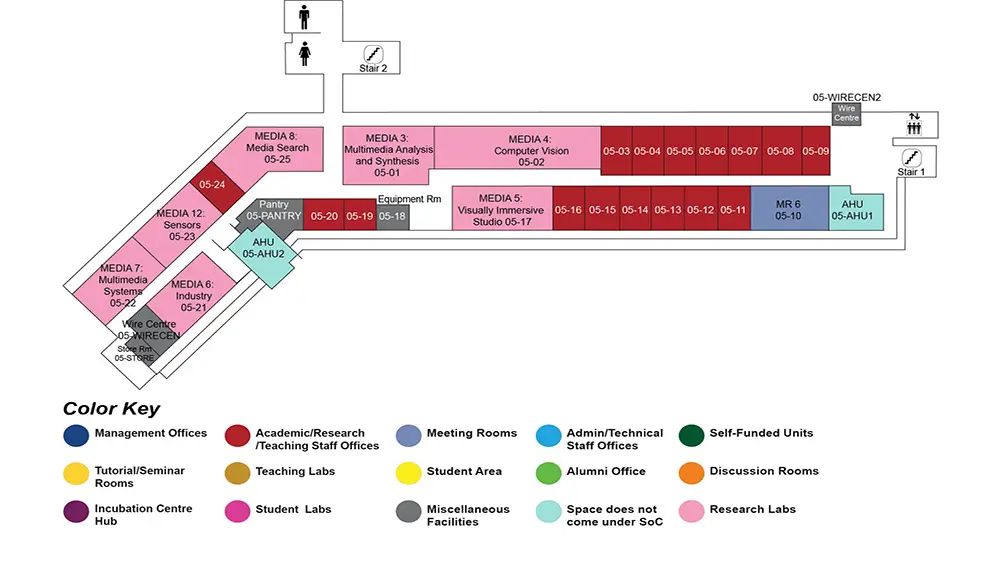Human Mobility Analytics with Deep Representation
AS6 Level 5
MR6, AS6-05-10


Abstract:
One sort of core dynamics of our society is human mobility that exhibits not only mighty complexity and diversity, but also enormous value to be uncovered. As better understanding of such dynamics can benefit our living, human mobility analytics has been an important subject intriguing a large bulk of research spanning across different areas. Various technologies are developed to understand, model and exploit human moving patterns, among which one common prerequisite is an appropriate way to rep- resent human mobility such that the representation is expressive and flexible enough to capture the richness of geographic and semantic attributes. Despite enormous ef- forts invested, traditional studies in this pursuit remain insufficient to account for the complexity and diversity of human mobility. Thanks to the increasing availability of human trajectory data and computation resources, people can extract more abstracted and distributed representations for human mobility by employing more sophisticated transformation and deeper modeling. With the help of deep representation, we become more capable of solving challenging problems in human mobility.
In this thesis proposal, we attempt systematic analytics on human mobility by stratifying our view into three representation levels, namely the location, trajectory, and aggregation level, with corresponding analytic tasks to be addressed per level.
In the location level, we target to learn location embeddings with better semantic coherence in an unsupervised learning paradigm. Through disentangling the semantic subspace from the geographic subspace, we present a simple yet effective treatment to improve generalizability of the learned embeddings, whose effectiveness is verified through extensive experiments and case studies.
In the trajectory level, we attack the problem of human trajectory synthesis. In this work, a generative adversarial training scheme is leveraged to learn a non-parametric generator model. This overcomes the difficulty in finding a tractable approximation for the joint probability distribution of traces and preserves faithful geographic and semantic attributes of original data.
In the aggregation level, we propose a model to infer fine-grained citywide human flow given coarse-grained input, whose outcome would be a technique reducing cost and energy consumption for modern smart cities. We present an initial architecture consists of two deep modules to account for challenges on how to incorporate structural constraints and address external influences. Empirical evaluations are planned for the future work.

